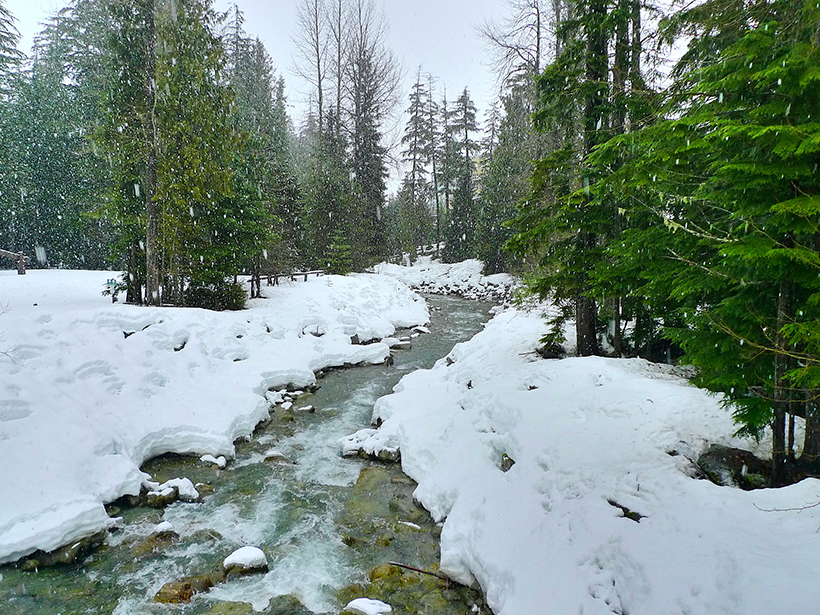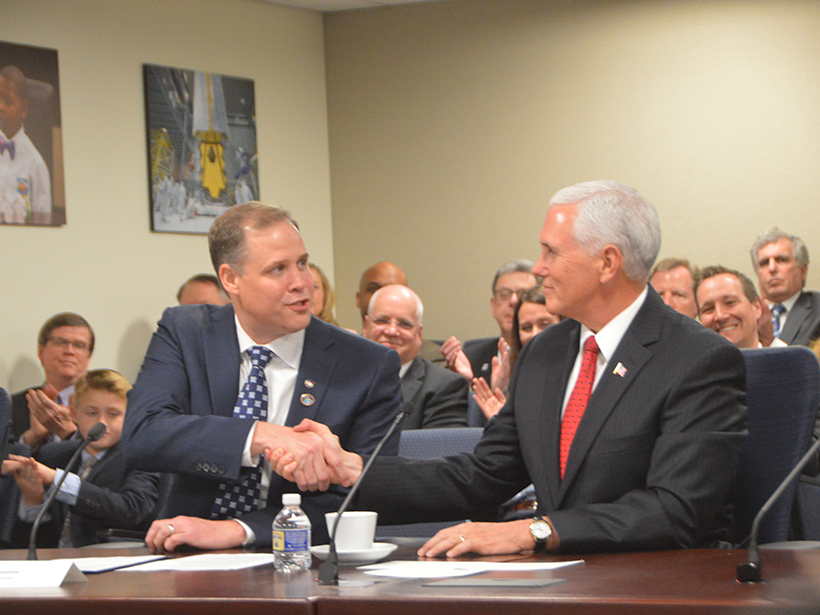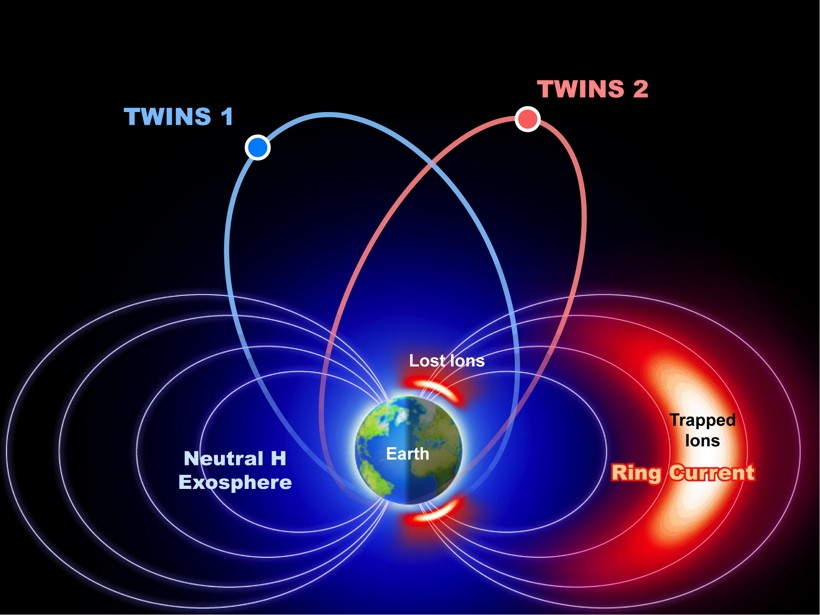In Colorado forests, NASA scientists and a multinational team of researchers test the limits of satellite remote sensing for measuring the water content of snow.
NASA
Seeing Green: A Stratospheric View of the 2017 Total Eclipse
Airborne telescopes gave scientists a sky-high view of the 2017 Great American Eclipse as they took measurements that are difficult to obtain from the ground.
Former NASA Chief Scientist Heads National Air and Space Museum
Taking the helm just as the museum is poised for a major renovation, new director Ellen Stofan told Eos she looks forward to taking the museum “to the next level” and exciting people about science.
New Lander en Route to Probe the Red Planet’s Interior
The Mars InSight mission aims to answer key planetary science questions about seismicity, meteorite impacts, and the formation of rocky planets.
Former NASA Administrator Weighs in on New Space Agency Head
Charles Bolden, who led NASA during the Obama administration, tells Eos that the new director can do a good job if he focuses on the agency’s mission, listens to the staff, and remains apolitical.
New NASA Administrator Sworn In
Bridenstine says bipartisanship “is important in space.” Many Democrats, however, worry that he will be too partisan.
Senate OK’s New NASA Head by Razor-Thin Margin
Bridenstine, the first politician to lead the agency, is urged to run NASA in a nonpartisan manner and to support its science missions.
Exoplanet-Hunting Telescope Launches
Scanning for traces of faraway worlds, TESS will make observations over an area hundreds of times larger than that observed by its predecessor, the Kepler Space Telescope.
New Juno Data Reveal Four Key Secrets of Jupiter
Deep clouds, polar storms, lopsided gravity, and a uniformly rotating interior demonstrate that the gas giant plays by different rules than Earth.
The Big Picture in Geospace
A NASA stereo-imaging mission called TWINS continues to push the boundaries of what we know about the region of space close to Earth.










